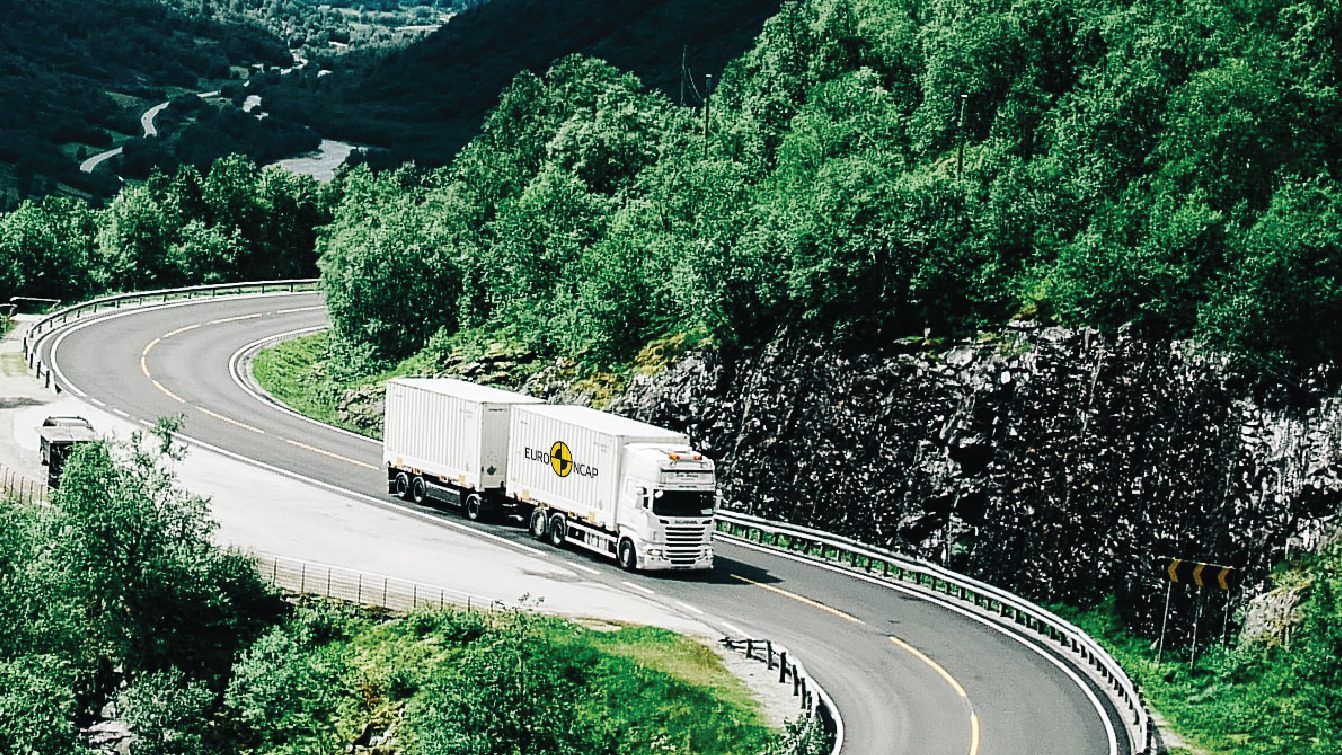In a recent issue of the Guardian, an article addressed whether EVs are harder on our roading infrastructure than regular vehicles.
Cars are growing in size, and the rise of the SUV is accelerating the trend. Electric cars are following ICE vehicles in that more and more zero emissions SUVs are being released. So they too suffer from obesity, particularly the large five- and seven-seaters because of the heavy battery packs they must ferry around.
The Guardian asks whether electric cars prove to be too heavy for our roads, bridges and car parks? Electric cars can be heavy, many of the larger ones weighing between 2.5 and three tonnes. The Hummer EV scales up at more than four tonnes. However, popular midsized examples like the Tesla Model Y weigh two tonnes. That’s roughly 500kg less than a Range Rover.
Transport and Environment, a campaign group based in Brussels, suggests that EVs weigh an average of 300-400kg more than an equivalent ICE power vehicles. Heavier passenger cars create more friction between their tyres and the road, and therefore put more stress on the road surface. So the roads are likely to deteriorate more quickly.

However, University of Edinburgh staff suggest that any extra wear is “overwhelmingly caused by buses and heavy goods vehicles”. They state that road wear from cars and motorcycles is so low that it is almost immaterial.
As to bridges, in the UK there are few with weight limits below 7.5 tonnes. They are built to withstand way more than their maximum expected load. The situation is the same for motorways and main roads where bridges are designed to support 44-tonne heavy goods vehicles. So once again, the damage to bridges from passenger car carriage is deemed an irrelevance.
The ongoing increase in vehicle size could cause problems for some of the oldest car parks which may need to cut the numbers of vehicles parked on each floor. However, those built within the last decade or so are constructed with heavy SUVs in mind.
The assumption that electric cars will always be heavier in future is also debatable. Modern batteries have twice the energy density of those from a decade ago. And solid state battery packs that are coming soon promise even greater energy density and much lower battery pack weight.
It would appear that concerns about the extra weight of EVs causing infrastructure damage are “massively overstated”. The added weight of electric cars is unlikely to accelerate the destruction of roads, bridges and car parks. Weight concerns should not detract from the goal of cutting carbon emissions to net zero. Governments should incentivise smaller electric cars through lower taxes and parking charges. Advantages include fewer carbon emissions and car park scrapes, and reduced road wear.


